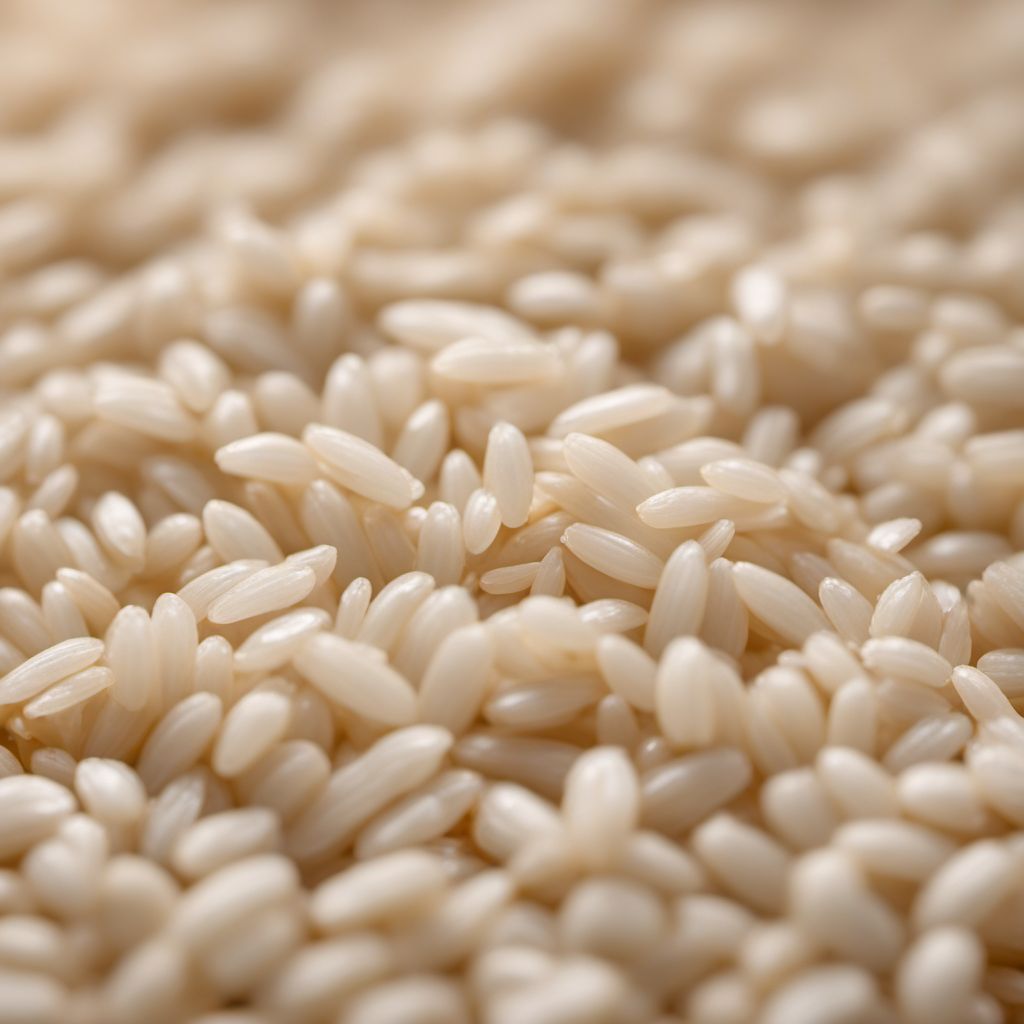
Ingredient
Rice grain, parboiled
The Golden Grain: Unlocking the Secrets of Parboiled Rice
Parboiled rice is a type of rice that has been partially boiled in the husk, which helps retain more nutrients compared to regular milled rice. It has a golden color and a firmer texture than white rice, with each grain remaining separate and fluffy after cooking. Parboiled rice has a mild, nutty flavor that complements a wide range of dishes, from pilafs and stir-fries to rice salads and desserts.
Origins and history
The process of parboiling rice dates back thousands of years and has been practiced in various cultures around the world. It originated in ancient India and spread to other regions, including Southeast Asia, Africa, and the Americas. Parboiling rice was initially developed as a way to preserve the grain and improve its nutritional value. Today, parboiled rice is widely consumed and appreciated for its unique texture and health benefits.
Nutritional information
Parboiled rice is a nutritious choice, as the parboiling process helps retain more vitamins and minerals compared to regular milled rice. It is a good source of carbohydrates, providing energy for the body. Parboiled rice is also low in fat and cholesterol-free, making it a healthy option for individuals looking to maintain a balanced diet. Additionally, it has a lower glycemic index compared to white rice, which means it can help regulate blood sugar levels.
How to select
When selecting parboiled rice, look for grains that are uniform in size and color. The grains should be free from any signs of discoloration, mold, or insect damage. Opt for reputable brands or trusted sources to ensure quality and freshness. Consider purchasing parboiled rice in vacuum-sealed or airtight packaging to maintain its freshness for a longer period.
Storage recommendations
To store parboiled rice, transfer it to an airtight container or resealable bag to protect it from moisture and pests. Keep it in a cool, dry place, away from direct sunlight. Stored correctly, parboiled rice can last for up to a year without losing its quality or flavor.
Preparation tips
Parboiled rice can be prepared using various cooking methods, such as boiling, steaming, or using a rice cooker. Follow the instructions on the packaging or use a ratio of 1 cup of rice to 2 cups of water. Rinse the rice before cooking to remove any excess starch. Once cooked, fluff the rice with a fork to separate the grains. Parboiled rice can be used as a base for pilafs, stir-fries, or served alongside curries and stews. It can also be used in rice salads, casseroles, or desserts like rice pudding.
Culinary uses
Parboiled rice is a versatile ingredient that is commonly used in a variety of cuisines. It is a staple in Indian, Thai, and African cuisines, where it is used to make biryanis, pulao, and jollof rice, respectively. Parboiled rice is also a popular choice for fried rice dishes, as its firm texture prevents it from becoming mushy during cooking. Its versatility and ability to absorb flavors make it a go-to ingredient for many rice-based dishes around the world.
Availability
Parboiled rice is widely available and cultivated in countries such as India, Thailand, Nigeria, and the United States. It can be found in most grocery stores, supermarkets, or specialty stores that carry international ingredients.
More ingredients from this category
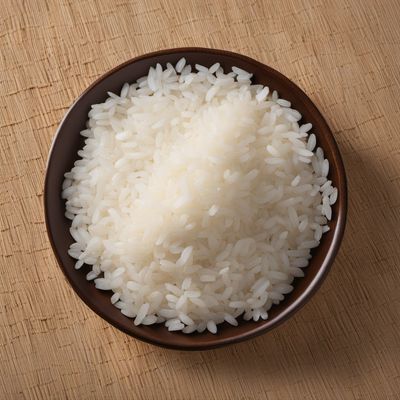
Rice grain, glutinous
The Sticky Wonder: Unveiling the Versatility of Glutinous Rice
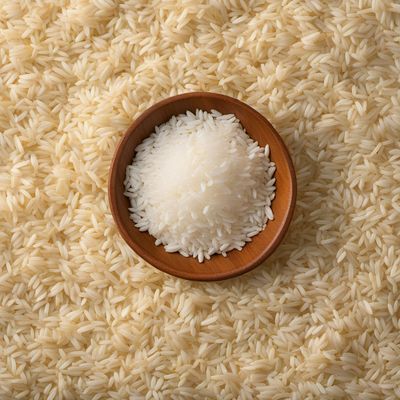
Rice grain, long-grain
The Elegance of Long-Grain Rice
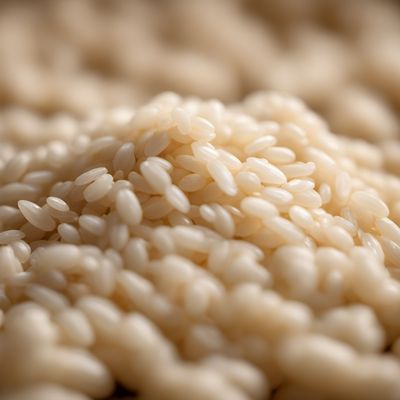
Rice grain, polished
The Shining Jewel of Grains
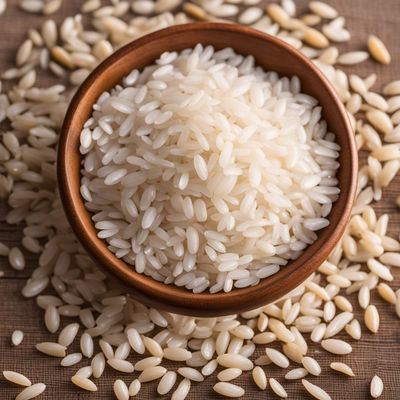
Rice grain, mixed
The Versatile Grain

Rice grain, red
The Vibrant and Nutritious Red Rice Grain
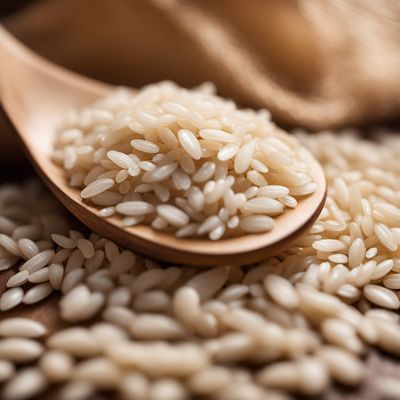
Rice grain, brown
The Nutrient-Packed Grain: Brown Rice
Recipes using Rice grain, parboiled » Browse all

Cadon Niguk - Korean Beef Stew
Savory Delight: Korean Beef Stew with a Twist

Taiwanese-style Katsudon
Crispy Pork Cutlet Rice Bowl with Taiwanese Flavors
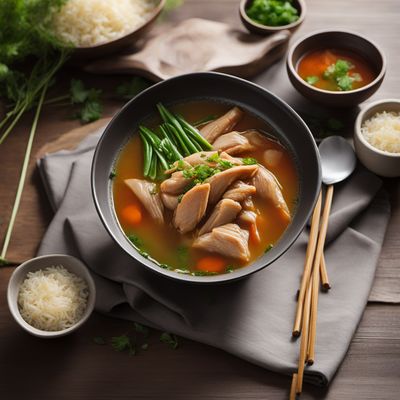
Nagoya-style Chicken Soup
Umami Delight: Nagoya-style Chicken Soup with a Twist
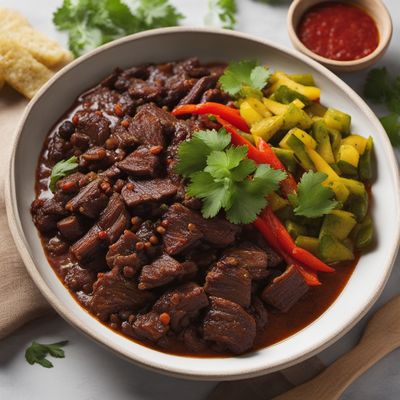
Pabellón Criollo with a Twist
Vibrant Venezuelan Delight: Pabellón Criollo Reinvented
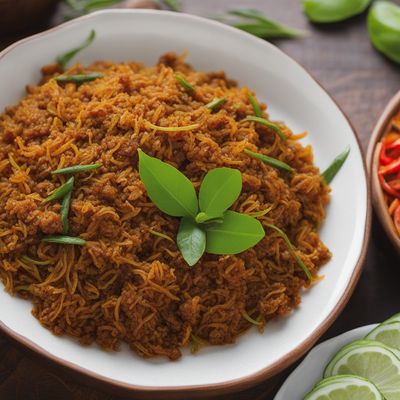
Sarawakian Spiced Golpi
Sarawakian Fusion: A Spicy Twist on Golpi

East African Spicy Chicken and Peanut Stew
Savory Spice Delight: East African Chicken and Peanut Stew

Centrafrican Spiced Chicken Tikka
Savory Spiced Chicken Delight: Centrafrican Tikka

Peruvian-style Nasi Goreng
Inca Fried Rice: A Fusion of Indonesian and Peruvian Flavors

Afghan-style Tori Katsu
Spiced and Crispy Afghan Chicken Cutlets
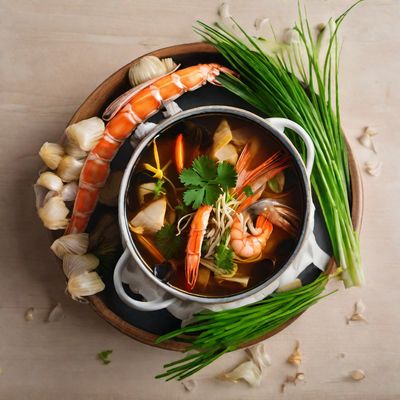
Japanese-style Bouillabaisse
Umami Seafood Stew: A Japanese Twist on Bouillabaisse
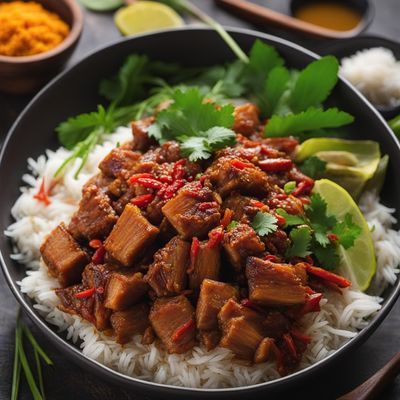
Malay-style Braised Pork Rice
Spicy and Fragrant Rendang Pork Rice

Katsu Curry with a Twist
Savory Delight: A Modern Twist on Traditional Japanese Katsu Curry